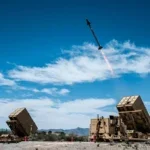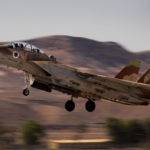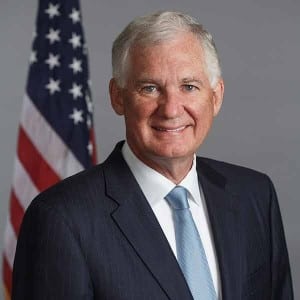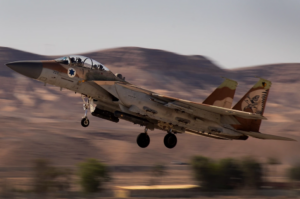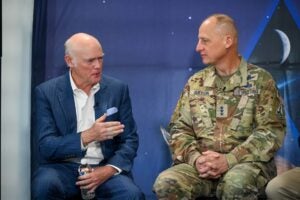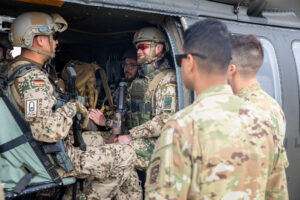
The Army’s recent Future Vertical Lift-led Experimental Demonstration Gateway Exercise (EDGE) accomplished more than 100 first time technology events and made breakthroughs in the Army’s ability to work with international partners on data sharing and making “digital calls for fires” on the battlefield, officials detailed for reporters. Maj. Gen. Walter Rugen, director of the Army’s Future Vertical Lift Cross-Functional Team, noted the international partners at this year’s EDGE experiment at Yuma Proving Ground in Arizona brought systems ranging from drones…

 By
By 